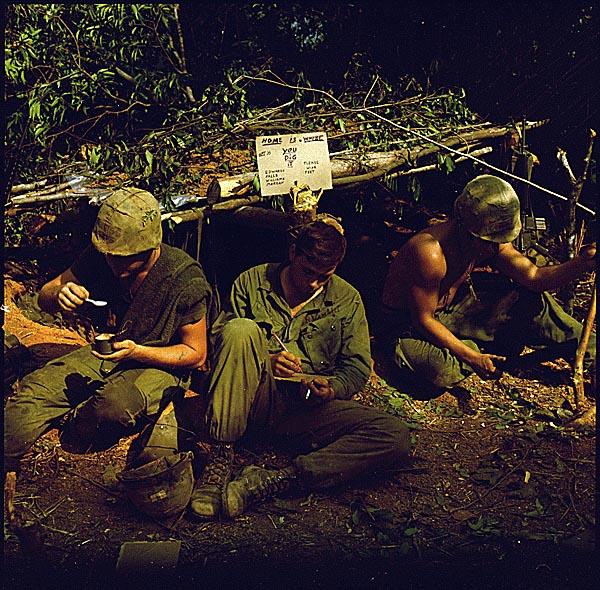From the mid-nineteenth century until World War II, Vietnam was a French colony. Japan invaded and occupied the region in 1940, and when the war ended Vietnam declared its independence — and France reasserted its colonial authority. After nine more years of fighting, Vietnam was divided into two independent nations, a pro-U.S. South and a communist North. The United States gradually let itself be drawn into Vietnam’s internal affairs, first by sending military advisors to the South, then by supporting a military coup, and finally by entering open war with North Vietnam and insurgents in the South. The Vietnam War lasted from 1964 to 1973, and it deeply divided the United States. Some Americans believed that the U.S. must at all costs prevent the spread of communism, while others saw the war as an unjust invasion of an independent nation. In this chapter we’ll examine the causes and events of the war, hear the stories of men who fought in Vietnam, explore anti-war protests, and consider the war’s legacy.
Section Contents
- Outline of the Vietnam War
- The Vietnam War: A Timeline
- Something He Couldn't Write About: Telling My Daddy's Story of Vietnam
- A Soldier's Experience in Vietnam: Herbert Rhodes
- A Soldier's Experience in Vietnam: Tex Howard
- A Soldier's Experience in Vietnam: John Luckey
- A Soldier's Experience in Vietnam: Robert L. Jones
- A Soldier's Experience in Vietnam: Johnas Freeman
- The My Lai Massacre - March 16, 1968
- Anti-War Demonstrations
- Campus Protests
